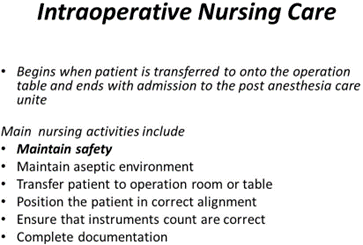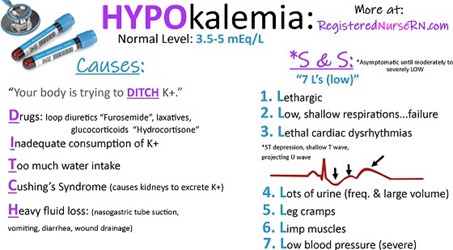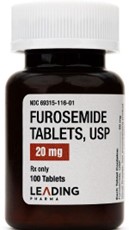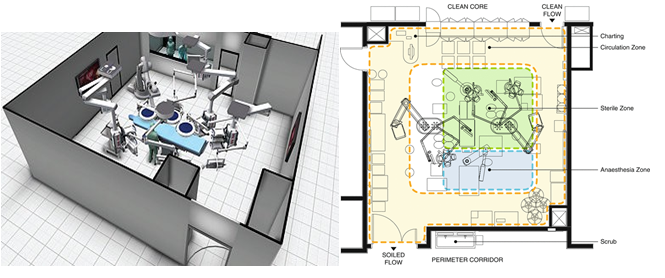One of the intraoperative activities that are performed by the perioperative nurse and are specific to the circulating function is:
admitting, identifying, and assessing the patient.
counting sponges, needles, and surgical instruments.
passing instruments to the surgeon and assistants.
preparing the instrument table and sterile equipment.
The Correct Answer is B
Counting sponges, needles, and surgical instruments is an intraoperative activity that is specific to the circulating function of the perioperative nurse. The nurse is responsible for maintaining an accurate count of all surgical items to prevent leaving any foreign objects inside the patient after the surgery. This is a crucial task to ensure patient safety and prevent any potential complications that may arise from such errors.
Option a. admitting, identifying, and assessing the patient, is a preoperative function that is usually performed by the preoperative nurse.
Option c. passing instruments to the surgeon and assistants, is a scrub nurse function that requires knowledge of the surgical procedure and a sterile technique.
Option d. preparing the instrument table and sterile equipment is also a scrub nurse function that requires expertise in sterile technique, knowledge of surgical procedures, and the ability to maintain a sterile environment.

Nursing Test Bank
Naxlex Comprehensive Predictor Exams
Related Questions
Correct Answer is C
Explanation
The operating room is a sterile environment, and it is critical to maintain a clean and controlled environment to reduce the risk of infection to the patient. The measures taken include maintaining positive air pressure, controlling temperature and humidity, filtering the air, using sterile surgical instruments, and limiting traffic in and out of the operating room. These measures help to prevent the spread of infectious agents that may be present in the operating room. While the other options (a, b, and d) may also be important considerations in the design of the operating room, preventing transmission of infection is the primary goal.
Correct Answer is B
Explanation
Furosemide is a loop diuretic that works by blocking the reabsorption of sodium and chloride in the ascending loop of Henle in the kidney, leading to increased urine output. However, this medication can also cause potassium loss through increased urinary excretion, which can lead to hypokalemia (low potassium level). Hypokalemia can cause confusion, weakness, and other neurological symptoms.
The normal range for serum potassium is 3.5 to 5.0 mEq/L. A potassium level of 2.9 mEq/L is below the normal range and is considered hypokalemic. Therefore, the nurse should correlate the client's confusion with the low potassium level and notify the healthcare provider to adjust the medication or provide potassium supplements if indicated.


Whether you are a student looking to ace your exams or a practicing nurse seeking to enhance your expertise , our nursing education contents will empower you with the confidence and competence to make a difference in the lives of patients and become a respected leader in the healthcare field.
Visit Naxlex, invest in your future and unlock endless possibilities with our unparalleled nursing education contents today
Report Wrong Answer on the Current Question
Do you disagree with the answer? If yes, what is your expected answer? Explain.
Kindly be descriptive with the issue you are facing.

